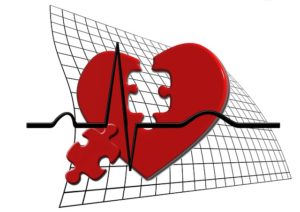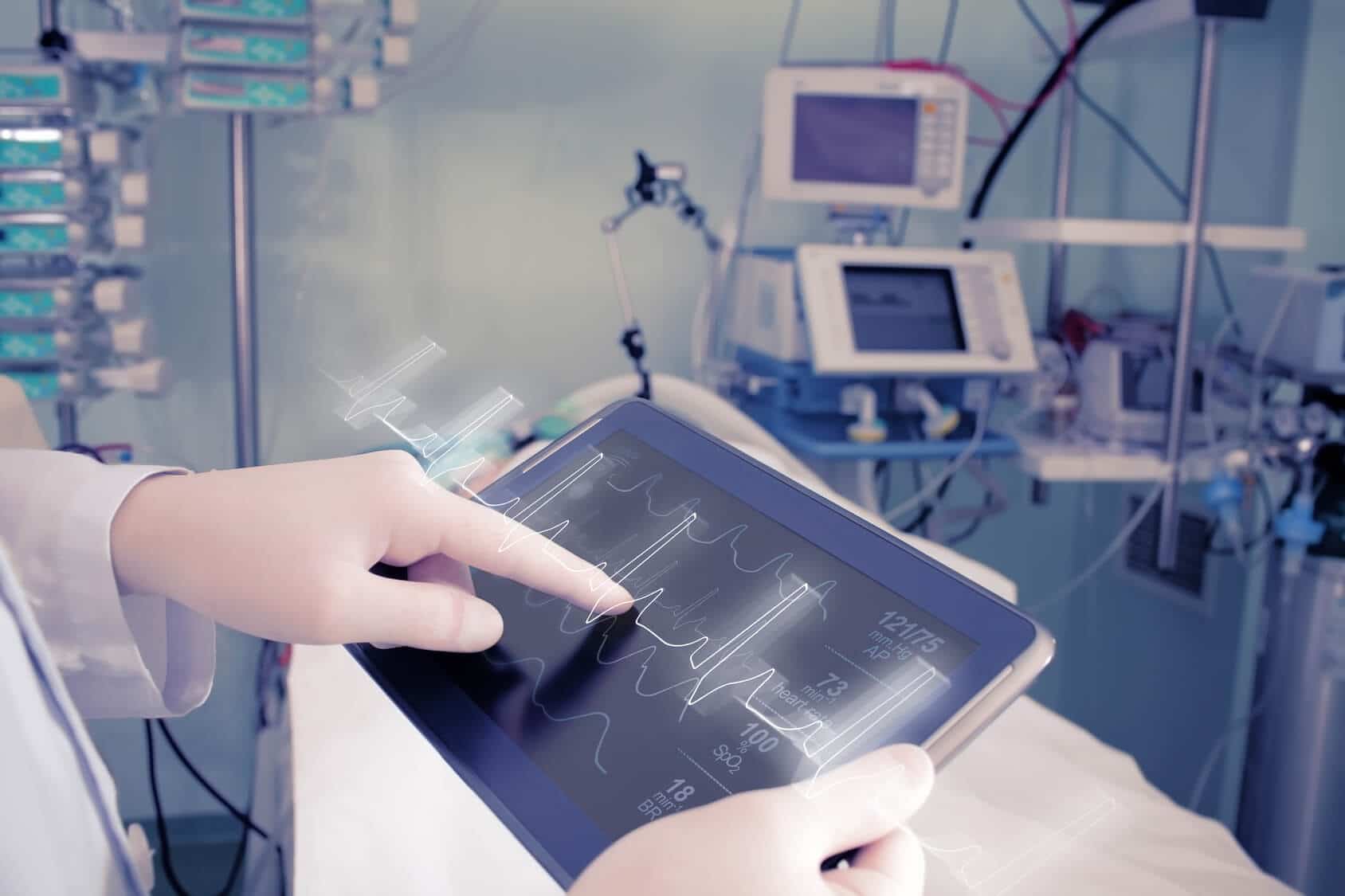Yearly, medical students come to me and ask, “Why do I need to learn how to read an ECG?” This is often followed by “What is the best and easiest way to learn to read them?” For a cardiologist, the answer is simple, “This is what I do for a living.” For the average medical student, though, the explanation is not that straightforward. Electrocardiograms appear to be scary pieces of paper with mysterious squiggly lines that are supposed to mean something. I will now explain why you need to know how to read electrocardiograms (ECGs) and what is the best way to learn.
Why Get An ECG?
Electrocardiograms are the most commonly used test for the diagnosis of heart disease.1 As such, every medical professional should have a basic understanding of electrocardiograms. ECGs are done in the office, in the emergency room, in ambulances, for preoperative assessment, as well as in several other settings. They contribute significantly to the diagnosis and management of cardiac arrhythmias and acute myocardial ischemic syndromes, which account for the majority of cardiac catastrophes.1 The benefits of correct interpretation of ECG have been clearly demonstrated in patients with cardiac arrest or acute myocardial infarction, in which ECG signs directly determine appropriate treatment.2 Electrocardiograms are safe, easy to administer, and available at a minimal cost.1

Which Patients Need An ECG?
So who should get an electrocardiogram? Patients with chest pain, palpitations, dizziness, syncope, and those who have symptoms that may indicate risk of sudden death or myocardial infarction.1 ECGs can suggest metabolic and electrolyte abnormalities or the effects and toxicity of certain drugs. An ECG may give clues about patients with a device like a pacemaker or a defibrillator. The ECG may help determine if these devices are functioning properly. Electrocardiography and rhythm monitoring serves as the gold standard for the noninvasive diagnosis of arrhythmias and conduction disturbances.1 Rhythm strip monitoring is now available to the public on their smartphones. These monitors are used to search for arrhythmia, such as atrial fibrillation. Admittedly, electrocardiograms are not a good screening test for young, healthy, asymptomatic patients and therefore should not be done routinely in this population.
Who Needs To Learn How To Read An ECG?
It is within the realm of many medical practices to be able to interpret electrocardiograms. This includes cardiologists, internal medicine providers, family medicine providers, emergency department providers, and even surgeons. I recognize that computerized ECG interpretation is widely available and the technology is improving, but to date, it is not reliable enough to obviate the need for human conformation. I regularly over-read and correct the computerized ECG interpretation in our offices and hospitals. Common ECG errors and how to decipher the computerized ECG report will be covered in other articles.
A report from the American Academy of Family Physicians (AAFP) Member Profile published in October 2016 noted that 89% of active AAFP members perform ECGs in the office.1 Based on this, it is felt that adequate ECG reading skills are needed. In addition, most hospitals require a set of core skills and proof of ongoing education to obtain and maintain privileges. Competency in electrocardiogram interpretation is among these desired skills.
Why Is It So Hard To Learn To Read Electrocardiograms?
Several studies have highlighted deficiencies in ECG interpretation among medical students and residents from different countries.2 Furthermore, medical students lack the time and motivation to learn ECG reading well. Even within cardiology fellowships, trainees primarily learn to read electrocardiograms on their own and with little guidance. This is not the fault of the trainees, but rather that learning ECGs can be difficult, confusing, and time-consuming. I feel that our medical education system needs to evolve to accommodate students. Books are fine and very detailed, but visual and interactive learning that does not consume exorbitant classroom time may be better. Students benefit from understanding how and why something is done and not just relying on rote memory. Knowing information is important, but knowing where to find information, as well as how to derive solutions to problems, is imperative. This is the basis of “critical thinking.”
Best Techniques To Learn To Read An ECG.
I personally learn best through visual cues that are supported by audio explanations. I read a slew of electrocardiogram books, but it was the weekly electrocardiogram conferences during my residency that taught me the most. Every week, we were required to read three assigned electrocardiograms using a given format. At the end of the week, the cardiologist would review these ECGs with emphasis and discussion of one or two major topics. By the end of each year, we had essentially reviewed a detailed cardiology text, and by the end of a three-year residency, we had received and practiced this three times.
Where To Find An Excellent ECG Learning Guide
I have personally used this method to teach electrocardiography to several medical residency programs and cardiology fellowships. It has been well received, and I was requested to publish it. This is the basis of my electrocardiogram course Executive Electrocardiogram Education. Its main focus is to teach an approach to reading ECGs. The ECG criteria are also presented, and students can toggle back and forth between the approach sections and the criteria sections to gain a better understanding. The course is short (8 hours in total), which is not taxing, and in fact, is tolerable on a tight schedule. The course is best watched several times over several years. This approach reinforces the ideas over time and allows access to the concepts throughout the year.
Start Learning How To Read ECGs On ECGEDU
Overall, electrocardiogram interpretation is still a skill that a majority of medical professionals should learn. Whether you are a physician, medical student, nurse practitioner, physician assistant, emergency medical technician, nurse, or telemetry technician, to name a few, you should devote some time to understanding electrocardiograms. Additionally, practice allows trainees to master these skills and is essential. Visual and time-efficient approaches are best, and currently available.
Author: Scott L. Siegal, D.O., FACOI
12/22/2018
References:
1Electrocardiograms, Family Physician Interpretation (Position Paper), (2017 December BOD), Amer Acaemy of Fam Practioners (AAFP).
2Grzegorz Kopeć, Wojciech Magoń, Mateusz Hołda, and Piotr Podolec, (2015). Competency in ECG Interpretation Among Medical Students. Med Sci Monit, 21: 3386–3394.
3Rui Zeng, Rong-Zheng Yue, Chun-Yu Tan, Qin Wang, Pu Kuang, Pan-Wen Tian, and Chuan Zuo, (2015). New ideas for teaching EKG interpretation and improving classroom teaching content. Adv Med Educ Pract, 6: 99–104.






